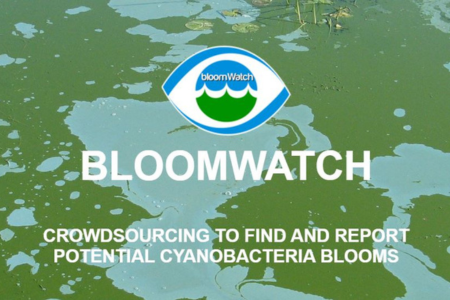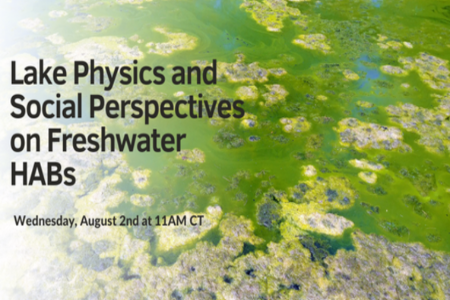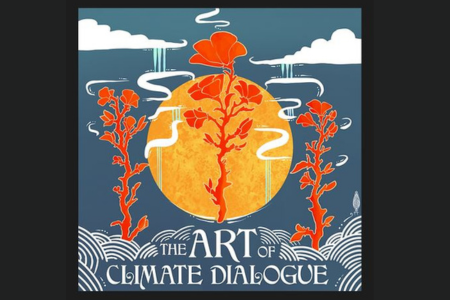|
|
| 11 Beaches with an E. coli Advisory:
Backbone Beach (Dundee, Delaware County, IA)*
Black Hawk Beach (Lake View, Sac County, IA)*
Bob White Beach (Allerton, Wayne County, IA)*
Emerson Bay Beach (West Okoboji Lake, Milford, Dickinson County, IA)*
Lake Darling Beach (Brighton, Washington County, IA)*
Lake Keomah Beach (Oskaloosa, Mahaska County, IA)*
Lower Pine Lake Beach (Eldora, Hardin County, IA)*
Nine Eagles Beach (Davis City, Decatur County, IA)*
North Overlook Beach (Lake Red Rock, Pella, Marion County, IA)**
Union Grove Beach (Gladbrook, Tama County, IA)*
Whitebreast Beach (Lake Red Rock, Pella, Marion County, IA)** 1 Beach with a Microcystin Advisory:
Brushy Creek Beach (Lehigh, Webster County, IA)* 3 City and County Beaches exceed the state’s advisory threshold for E. coli.*
View the map on our website to see where they are. *Data from the Iowa DNR State Park Beach Monitoring Program
**Data from the U.S. Army Corps of Engineers, Rock Island District |
|
What is NNC and why does Iowa need it? |
|
Brushy Creek Beach Algae Bloom IEC staff traveled to the beach at Brushy Creek Recreation Area near Fort Dodge on Tuesday, July 25, to get pictures and video of the beach during its fourth week under a toxic microcystin advisory. It was disheartening to see this delightful recreation area and massive beachfront completely lined with algae, and the bloom displayed all the classic signs: crusty algae mats floating on the water, hints of bright blue, cloudy green water, clearer water with a green tint, algae clinging to the foot (and paw!) prints in the sand. Watch the reel posted on IEC's Iowa Water Watch Instagram page to see more images identifying what to watch for when an HAB is reported. |
|
 |
See a suspected algae bloom? Report it to bloomWatch! The EPA's bloomWatch app crowdsources reports of potential cyanobacteria, or algae, blooms so that you can help report potential blooms as develop. Download the free app to your smartphone, you can take pictures and provide descriptions of your findings that will help officials understand when and where these organisms may be causing issues to area waters. Learn more about the bloomWatch app and start sharing your images today. |
|
|
 |
The social and physical science of Harmful Algal Blooms in freshwater Join the North Central Region Water Network for a webinar on freshwater HABs on Tuesday, August 2nd at 11am. Speakers Adam Heathcote and Katherine Canfield will discuss how lake physics and internal nutrient loading can create toxic blooms and how constituents are understanding and assessing HAB risk in freshwater. Register for this webinar here. |
|
|
 |
Iowans share ideas to inspire climate dialogue with art The Art of Climate Dialogue: Stories from Iowa, produced by EcoTheatre Lab, is a podcast series featuring conversations with Iowa artists, farmers, community organizers, activists and more who have used arts and storytelling strategies to talk about climate change and agriculture with friends, family, and neighbors. Visit the website to hear from some voices familiar to IEC and Iowa's water and land community! |
|
|
|